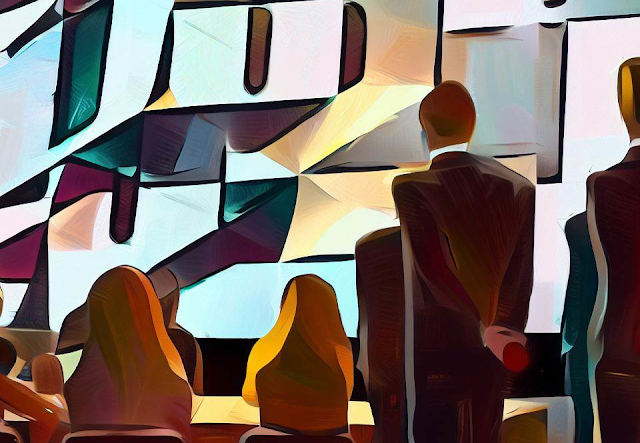
As the world becomes more interconnected, we are beginning to realize the importance of building sustainable technological ecosystems that are not only diverse but also inclusive. A thriving sustainable technological ecosystem requires a variety of stakeholders to come together to share ideas and resources. In the context of a sustainable technological ecosystem, inclusion means ensuring that all stakeholders have an equal opportunity to participate and have their voices heard in the implementation of technology. This involves breaking down barriers and creating a culture of openness and collaboration.
If certain groups are excluded from these discussions, it can lead to a lopsided ecosystem that does not represent the needs or interests of all its members. Many people are always skeptical of new technology, especially if there is a lack of transparency in how the technology works. Failure to be inclusive can lead to unintended consequences that may negatively impact a specific group of people. For e.g. facial recognition software has been shown to have higher error rates in identifying women and people of color.1 Building an inclusive sustainable technological ecosystem is not always easy as it requires a commitment from all stakeholders to break down barriers and create a culture of inclusivity.
As part of the Metropolitano (El Metropolitano in Spanish), the Lima metropolitan region has dedicated bus lanes along the main road corridor connecting northern Lima with southern Lima, as well as feeder routes connecting low-income neighborhoods with the main bus terminals. By providing affordable, efficient, reliable, cleaner, and safer public transportation, the project aims to improve the quality of life and economic productivity of low-income residents. Participants were asked to discuss possible indirect effects of the development (such as an increase in distance to reach a road crossing). In the affected neighborhoods, door-to-door surveys were also conducted. Potential conflicts were identified and discussed based on a draft map of the project. The design process considered people's feedback and recommendations. There was also an outdoor gym in the park, as well as a pedestrian boulevard incorporated into the design. Several local stakeholders stated that the level of consultation led to their support for the work and the resolution of conflicts. The company continues to educate and inform passengers and the general public about its values and culture, particularly in relation to pedestrians and drivers. Users are also encouraged to respect other users and to report any incidents occurring on the system. The campaigns encourage people, particularly women who feel verbally or physically harassed, to report to the staff or security guards. Victims can receive legal, psychological, and social counseling. Protransporte reports that the campaign has resulted in a 90% reduction in incidents of this nature. The Metropolitano transports about 700,000 passengers per day and has provided multiple benefits to the Lima metropolitan region. The most significant benefit is shorter travel times (a 25% and 45% saving when traveling to/from the north/south) and a reduction of about 400,000 tons of CO2 emissions due to the use of natural gas to power the fleet.2
Inclusiveness is vital in building sustainable technological systems because it helps to address the needs of underrepresented groups. By helping to create a more diverse user base, it in turn creates a larger market for the technology. It is a moral imperative to consider the impact of our actions on all members of society, and inclusiveness helps us achieve that. It is about providing access to everyone, regardless of their background, gender, race, or socioeconomic status. Addressing concerns by ensuring that all stakeholders are included in the development and decision-making processes helps build trust and makes sure that the technology being deployed is ethical and responsible.
Inclusivity is usually a neglected responsibility of business owners in a sustainable technological ecosystem. Business owners must go beyond just tolerating differences and representing percentages in their organizations and actively seek to understand, embrace, and appreciate providing this inclusiveness. Leaders that neglect to recognize this responsibility risk damaging their reputation, losing customers, and reducing their overall profitability. As companies embrace inclusivity and diversity and enjoy a range of benefits that better places them to succeed in a competitive global market, it is a business owner's responsibility to ensure that these benefits are contributing to a sustainable society. Business owners need to dig deeper and understand the impact of the inclusiveness they are providing better. Diversity and inclusiveness may lead to prosperity but we have to understand if it is going to eventually lead to sustainable prosperity. Be responsible for what you include and equally be responsible for what you exclude in your sustainable strategies as it makes a difference to a person, a family, a community, a city, a country, and eventually globally.